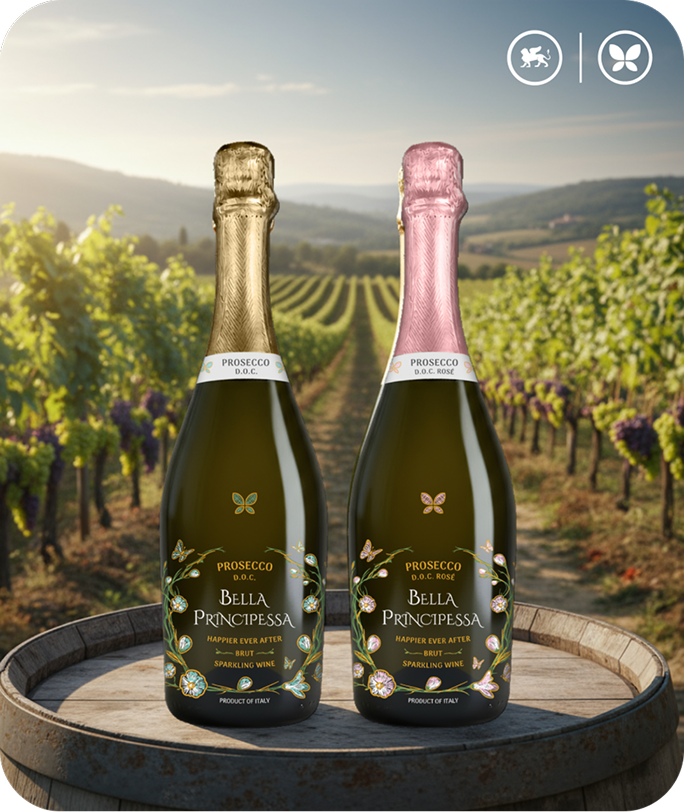The question “What does champagne taste like?” takes us into the heart of the Champagne region in France, the birthplace of this illustrious sparkling wine. Champagne’s flavor profile is as sophisticated and varied as its history, making it a favorite for celebrations and special occasions worldwide.
One of the most notable characteristics of Champagne is its bright, refreshing taste accompanied by lively bubbles. These bubbles contribute to the wine’s effervescence and enhance its overall sensory experience. The flavors of Champagne range from green apples and lemons to peaches, providing a delightful mix of acidity and sweetness.
The grapes used in Champagne production—primarily Chardonnay, Pinot Noir, and Pinot Meunier—significantly shape its flavor. These varieties contribute to Champagne’s complex taste profile, including citrus, almond, green fruit, and sometimes floral or herbal notes. Some Champagnes even exhibit a creamy texture, adding a layer of richness to the wine.
Various fruit notes further exemplify the diversity in Champagne’s flavor. Citrus flavors, ranging from lemon to grapefruit, balance the sweetness and acidity. Some Champagnes also carry subtle hints of peach, cherry, or almond, adding sweetness and fruity undertones. Additionally, Champagne can have toast or biscuit-like flavors, enhancing its depth and complexity.
The sensation of Champagne on the palate is another aspect of its allure. The effervescence creates a fizzy and fun mouthfeel, often delicate or velvety. This sensation and its unique flavor profile make Champagne a versatile and enjoyable wine for many palates.
In contrast to Champagne, Prosecco, such as those offered by Bella Principessa Prosecco and Signorina Prosecco brands, presents a lighter and fruitier taste. This Italian sparkling wine, predominantly made from Glera grapes, offers a distinctly different experience, with a flavor profile that includes green apple, pear, and citrus and a more approachable price point.






